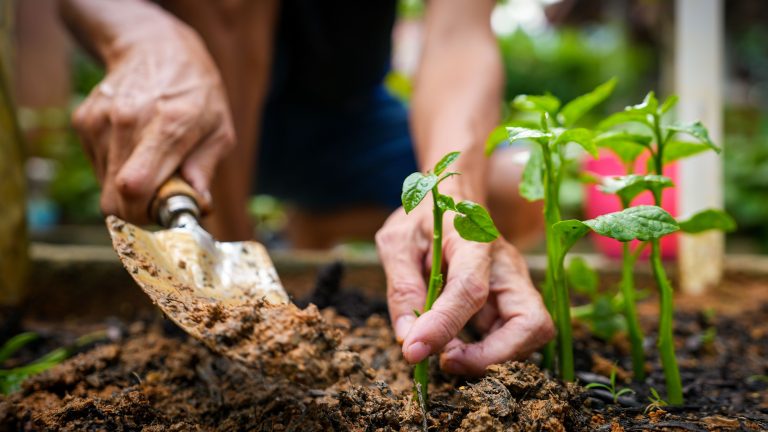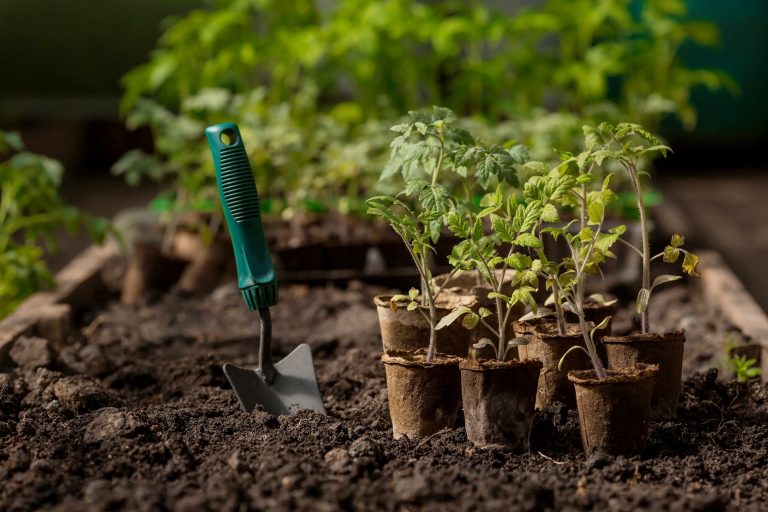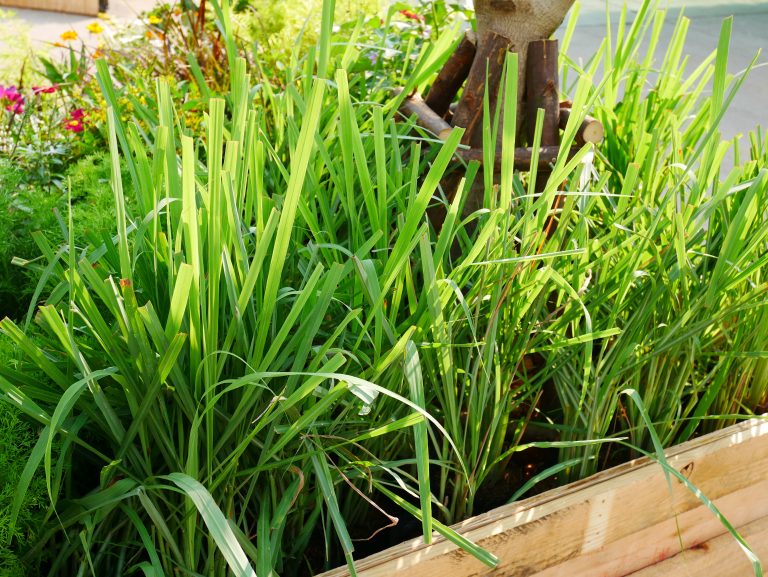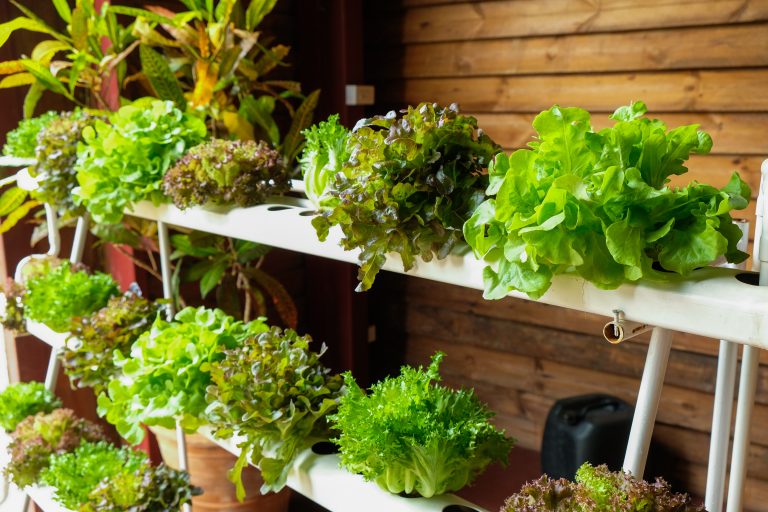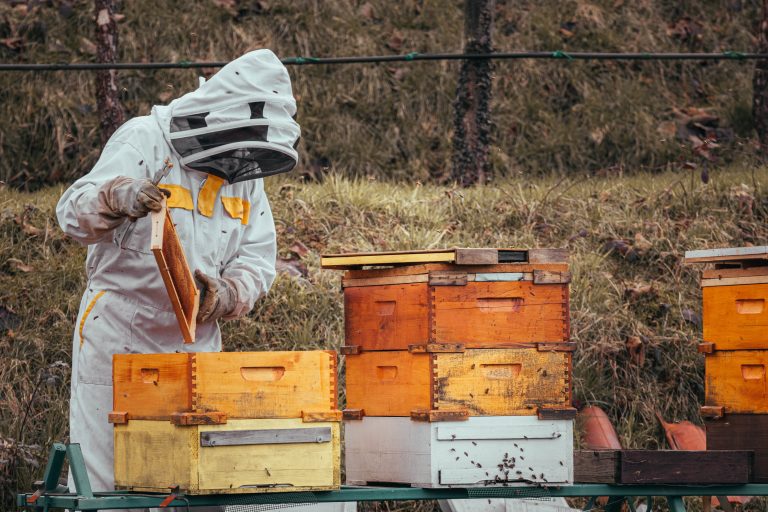10 Tips to Buy Organic Microgreens Locally
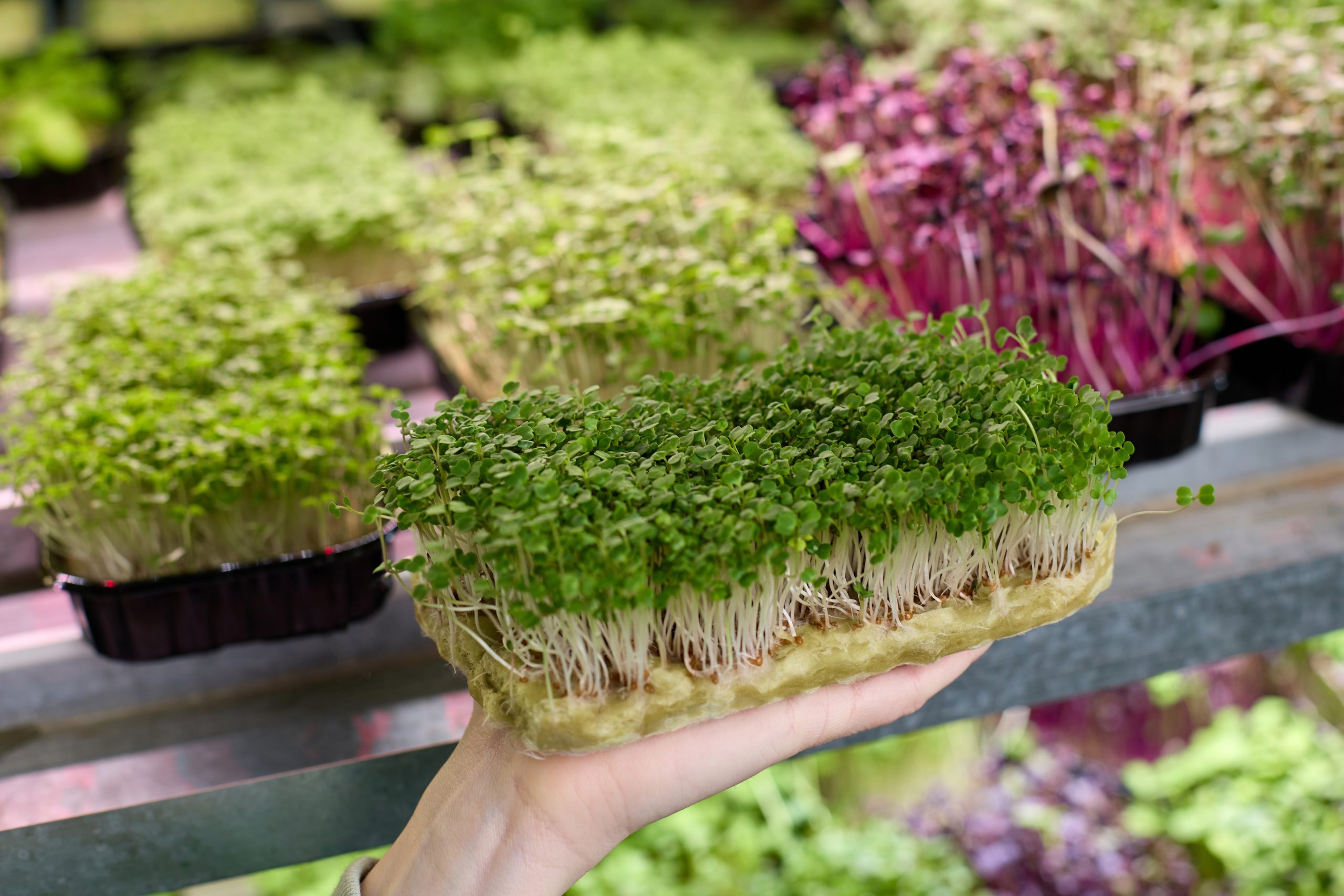
Finding a slice of green can be a breath of fresh air in the bustling city life—quite literally if you’re talking about microgreens. These tiny powerhouses of nutrition have become urbanites’ favorite, and I’m here to guide you on how to buy organic microgreens locally with some nifty tips.
1. Understanding Microgreens
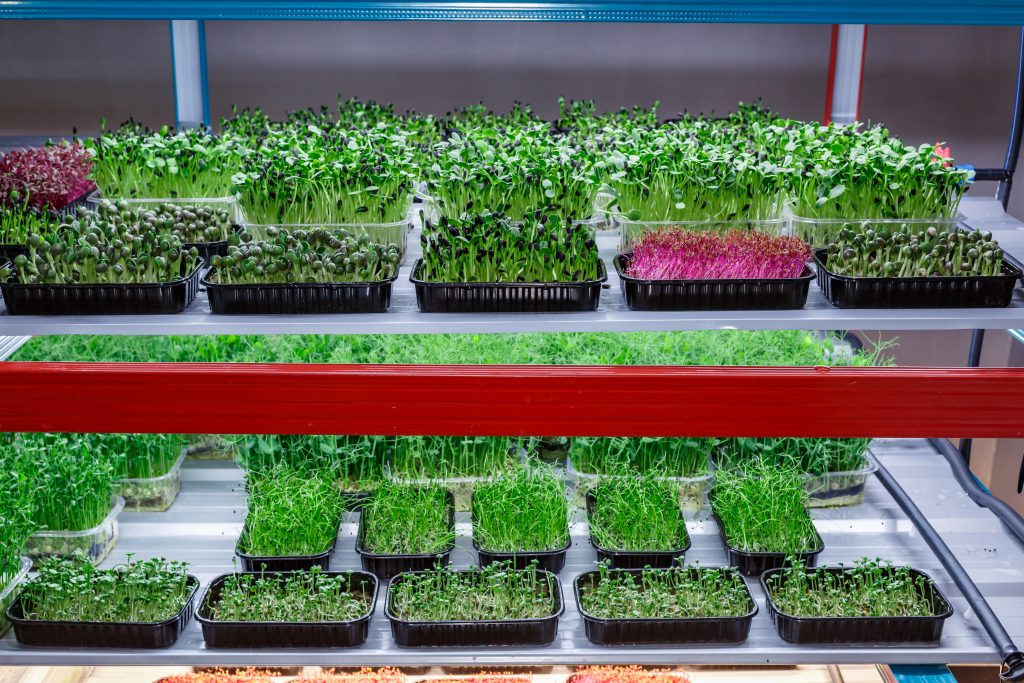
Microgreens are the seedlings of vegetables and herbs, harvested just after the first leaves have developed. They’re not just a garnish (though they do make dishes Instagram-worthy); they’re nutritional dynamos, often containing higher vitamin levels than mature plants.
As an urban gardening enthusiast, I’ve seen microgreens sprout up on window sills and balconies, proving you don’t need a backyard to join the green revolution. Think of them as the infants of the plant world—tiny, but packed with potential.
2. Benefits of Organic Choices
Going organic isn’t just a trendy choice; it’s a health-conscious one. Organic microgreens are grown without synthetic pesticides or fertilizers, which means cleaner food on your plate and less environmental impact.
Hey hey! Don’t forget to subscribe to get our best content 🙂
As someone passionate about what I eat, I’ve noticed that organic microgreens often have a more vibrant taste, making them not only a healthier choice but also a flavor booster for any meal. Plus, by choosing organic, you’re supporting farming practices that help maintain soil health and biodiversity.
3. Locating Local Growers
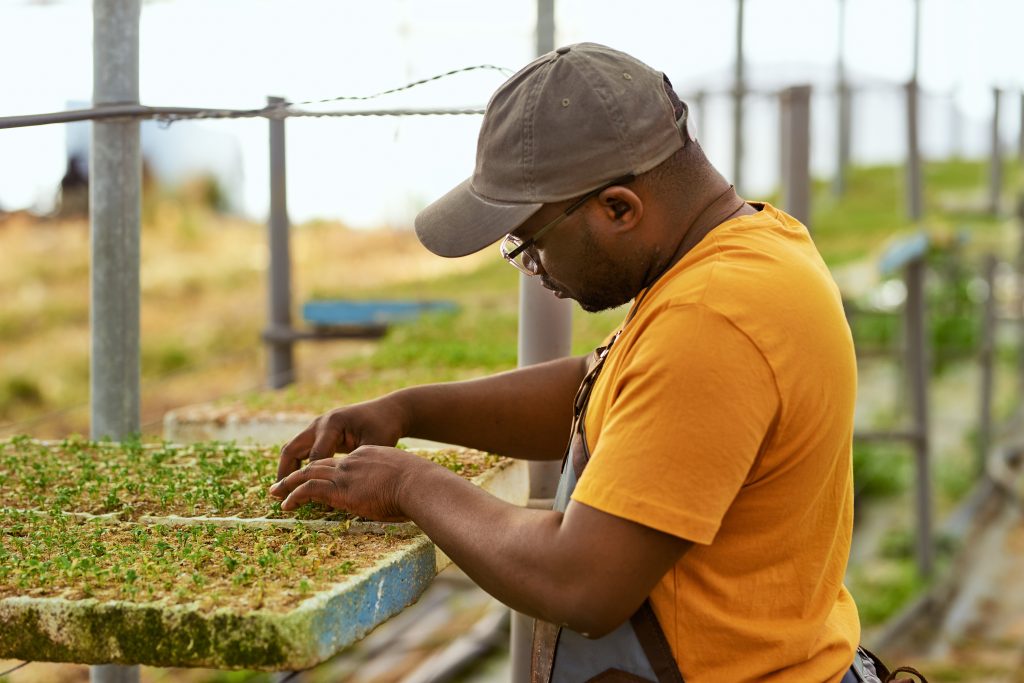
Finding local growers can be as easy as a chat with your neighbor who has a lush balcony garden. But if that’s not an option, social media and local gardening groups are gold mines for connecting with urban farmers.
Don’t overlook the power of a Google search or a community bulletin board—sometimes the best resources are right under our noses. Local growers often have the freshest picks since their greens don’t have to travel far to get to your plate.
4. Seasonal Availability Guide
Microgreens, like all crops, have their seasons—even though they’re often grown indoors. For example, sunflower and pea shoots thrive in cooler temperatures, making them more available in spring and fall. On the flip side, basil and other heat-lovers peak in summer.
Keeping a seasonal guide helps you manage expectations and introduces you to various microgreens throughout the year. It’s like having a seasonal ticket to a symphony of flavors!
5. Visiting Farmers’ Markets
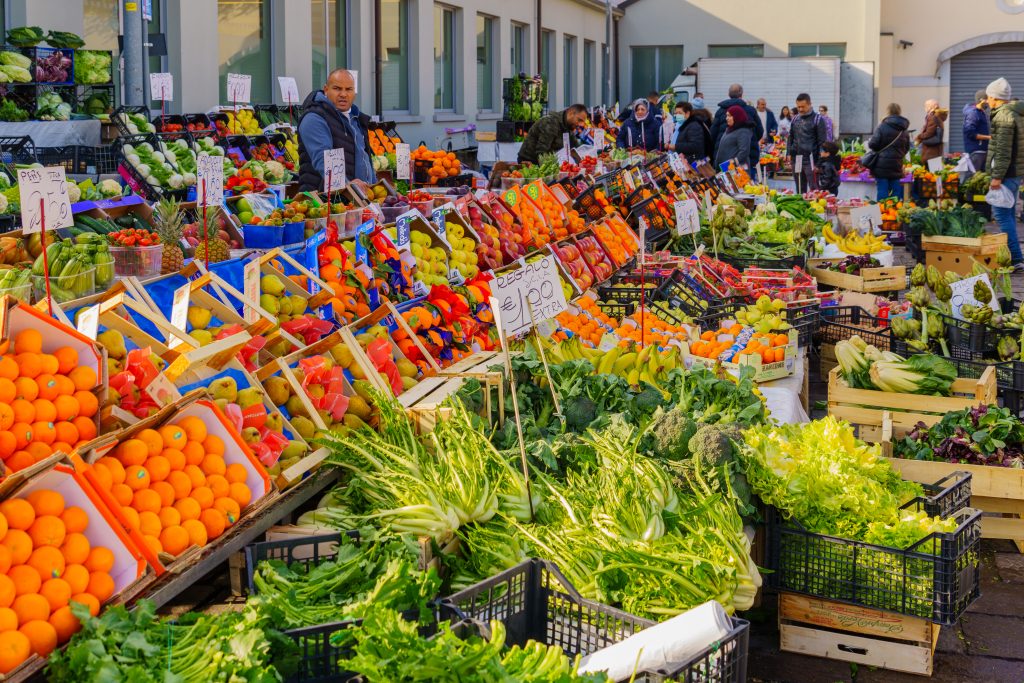
Farmers’ markets are the treasure troves of local produce, and that includes organic microgreens. I love strolling through the stalls, chatting with vendors, and eyeing the freshest picks.
This is a place where you can see, taste, and smell the microgreens before buying—a sensory experience that supermarkets just can’t match. Set a date with your local farmers’ market; it’s a rendezvous that could lead to a delightful culinary affair.
6. Checking Organic Certifications
When you’re on the hunt for organic microgreens, certifications are your best friend. These little labels give you the confidence that what you’re buying meets strict organic standards. Don’t be shy to ask growers about their certifications—it shows you care about the quality of your food.
Remember, though, that some small local farmers may follow organic practices without official certification (it can be pricey), so it’s worth having a conversation.
7. Questions to Ask Growers
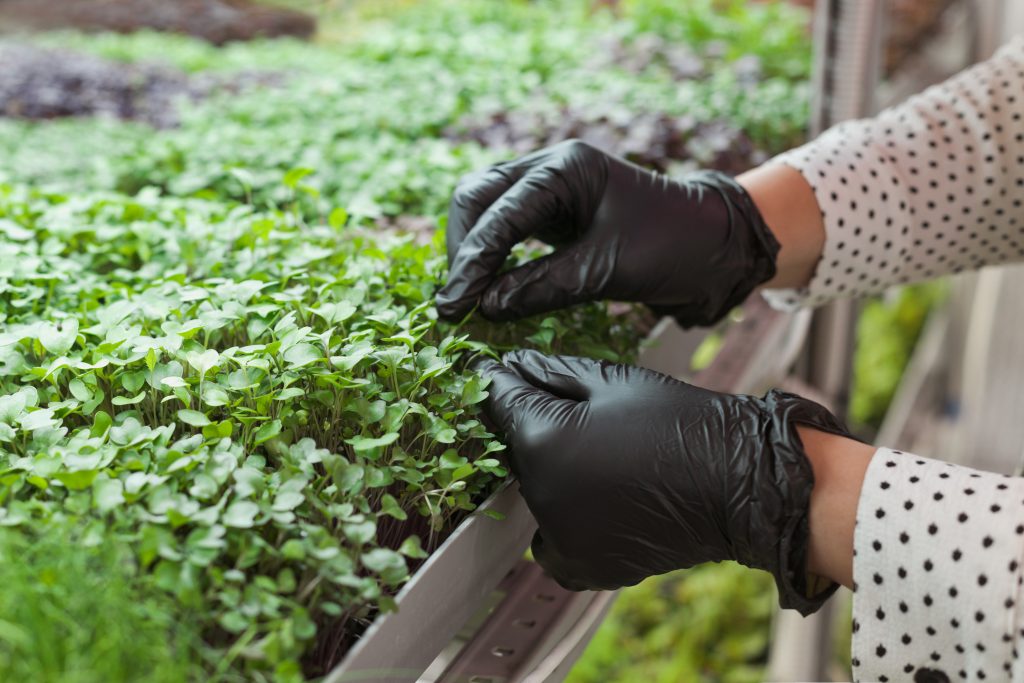
Engaging with growers can be enlightening. Ask them about their farming practices: Do they use non-GMO seeds? What’s their stance on pesticides? How do they ensure the soil’s health?
Not only does this information help you make informed choices, but it also fosters a connection with the person who’s nurturing your food. It’s like a mini-interview, where you’re the journalist uncovering the story behind your greens.
8. Evaluating Freshness and Quality
Freshness in microgreens is non-negotiable—they should look lively and vibrant, not wilted or discolored. Check for bright, uniform leaves and a crisp texture.
When you give them a gentle sniff, they should smell fresh and earthy, not sour or musty. Remember, quality microgreens don’t just taste better, they also last longer, which means less waste and more bang for your buck.
9. Supporting Community Agriculture
Buying local microgreens goes beyond personal health; it’s a vote for community agriculture. This support helps small-scale farmers and contributes to urban sustainability. It’s a way to be part of a larger movement, one that values food security and local economies.
Plus, there’s something incredibly gratifying about knowing the story of your food from seed to plate—it’s a narrative filled with care and community spirit.
In the video, Ohio State University explains –
Ohio State University
- Introduction to Local Foods: The video focuses on the benefits of supporting local foods, emphasizing a connection between consumers and local growers.
- Community Interaction: Buying local allows consumers to meet the people who grow and produce their food, fostering a sense of community and potential friendships.
- Troyer’s Country Market: A specific example of a local business committed to providing fresh, local fruits, vegetables, cheeses, and meats to the community.
- Reduced Shipping Time: Locally produced foods spend less time in shipping, ensuring they reach consumers’ tables quickly and retain more nutrients.
- CSA (Community Supported Agriculture): Explains the concept of CSA, where consumers commit to buying produce upfront, fostering a direct connection with the grower throughout the growing cycle.
- Freshness Guarantee: CSA participants benefit from knowing their food is picked less than 24 hours before they receive it, ensuring maximum freshness.
- Variety in Produce: Local farmers grow a diverse range of produce, including onions, garlic, lettuces, greens, carrots, beets, and beans, catering to different preferences and local markets.
- Local Farmers’ Markets: The importance of local farmers’ markets, such as the downtown Wooster Farmer’s Market, and the year-round Local Roots Market, in connecting growers with consumers.
- Rise of Local Growing: Over the last 15-16 years, there has been a significant increase in local growth, with more opportunities for selling local produce.
- Importance of Local Support: Supporting local farmers not only ensures access to high-quality, fresh produce but also keeps money within the community, benefiting the local economy and promoting a healthier lifestyle.
10. Storing Your Microgreens
Once you’ve got your precious greens, proper storage is key to keeping them fresh. Microgreens like a cool, slightly humid environment, so wrap them in a damp paper towel and store them in an airtight container in the fridge.
They’re delicate, so handle them with care and use them within a week. Trust me, there’s nothing more disappointing than finding a container of forgotten, slimy microgreens at the back of your fridge.
Embracing the local and organic movement with microgreens is more than a culinary trend—it’s a lifestyle choice that benefits your health, the environment, and the community. With these tips, you’re ready to become an urban microgreen connoisseur, turning your meals into a celebration of local, sustainable agriculture.

